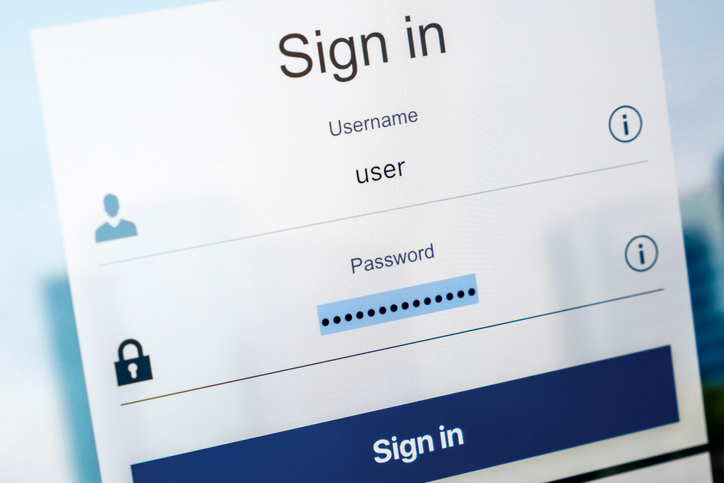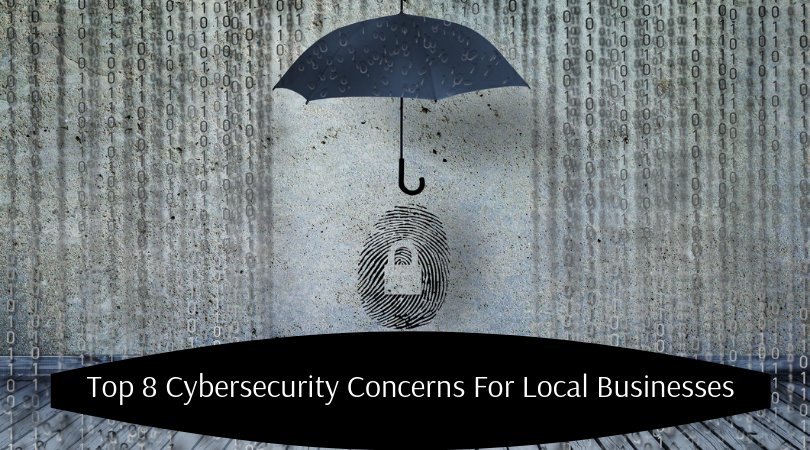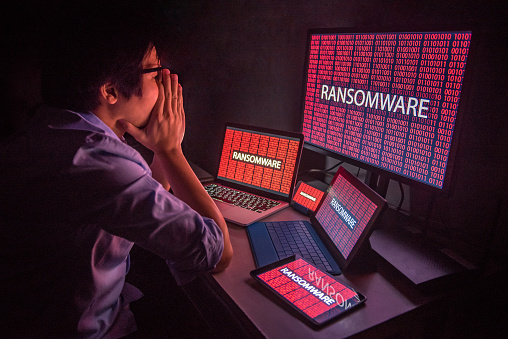Your employee innocently clicks a link within an email or visits a sketchy website and the next thing you know your digital assets are being held hostage by a cyber attacker. It only takes a few keystrokes to cause potentially irrevocable damage to your systems, and hackers are always looking for new victims. With ransomware, you may be able to regain full access to your files and other digital assets — but at what cost to your business? No size of business is immune to cybersecurity assaults, and ransomware is on the rise in small businesses. In this Ultimate Small Business Owner’s Guide to Ransomware, you’ll learn more about the threat, tips to protect your business and suggestions on how to recover after your business has been infiltrated.
What is Ransomware?
Ransomware is a specific type of malware that results in you losing access to your digital assets until a ransom is paid to the attacker. The assumption is that as soon as you have paid the cybercriminal, you’ll regain access to your information — but there is no guarantee that hackers will unlock your files after payment. The loss of access to your information and business systems can be crippling for your business, sending productivity into a downward spiral and frustrating customers and vendors alike. The faster you or your IT security provider are able to react, the more you will be able to limit the damage done to your organization and reputation due to ransomware. The three primary types of ransomware are:
- Data encryption or fundamentally changing the format of your files
- Programs that hijack your desktop files and require payment to unlock them
- Mobile ransomware that prompts you with payment instructions
Each type of ransomware presents particular challenges for your organization.
Dangers of Ransomware
Aside from losing access to your files, your business may effectively be at a standstill with a widespread ransomware attack. Computer and phone systems, your website, your email servers — all are interconnected and can be vulnerable to this type of aggressive malware. Today’s data and technology platforms are often tied tightly together which expands the reach of a particularly malevolent attack. The effects can be far-reaching, from an inability of customers to place orders or check order status to causing your automated production lines to grind to a halt. Until you are able to regain access to your data and files, your business may be relying only on printed information. This is particularly damaging when you consider how many of today’s offices are going paperless.
How is Ransomware Spread?
Ransomware is spread in a variety of ways, but the most common is through someone clicking a link within an email or visiting an infected website. These back doors to your systems provide hackers with easy access to business-critical systems and information, allowing them to virtually lock the door to your digital assets. Social engineering is another way that unsuspecting staff members are tempted to provide the keys to the virtual kingdom. Hackers are becoming extremely deft at using information stored on social networks to create ads or messages that seem to be from trusted colleagues — yet lead to malware.
Are Small Businesses Vulnerable to Ransomware?
You may think that only larger businesses with deep coffers would be tempting to cybercriminals, but small businesses are considered quite vulnerable and may be ideal targets for a quick attack. Small business owners are often lulled into having a false sense of security thinking that they are too small to be a target. A 2018 data security report by Verizon shows that 58% of malware attack victims were small businesses. Stealing your customer information can be the work of a few hours for a hacker, and these data points are extremely valuable on the dark web. It’s relatively easy for individuals to gain access to the tools that are required to break through basic security measures. It’s crucial for small businesses to stay informed and enhance their security profile in order to protect sensitive competitive and customer information.
How Can I Protect My Small Business from Cyber Attacks?
Protecting your small business from cyber attacks begins with assuming a more aggressive security posture. It’s no longer a matter of simply scanning emails for viruses and adding a firewall. The increasing scope of data breaches means you will need to either invest in internal security infrastructure or work with qualified professionals who specialize in cybersecurity. Protecting your business from ransomware and other cyber attacks requires a range of protective measures, including:
- Staff training on creating adequate passwords and the importance of never sharing passwords
- Limiting data and systems access for unauthorized users
- Thorough review of endpoints, including secure employee and guest WiFi access
- Close monitoring and review of when and how contractors are allowed access to systems
- Maintenance of government regulations and compliance mandates
- Advanced antivirus software, preferably with active monitoring
- Regularly reviewing and enhancing backup and recovery strategies
- Applying software patches and updates in a timely manner
Each of these strategies will take time and effort to implement, and they all work together to help protect your organization from being the target of a ransomware or other type of malware attack.
Recovering After a Ransomware Attack
Understanding the type of ransomware that has been added to your system is the first step in recovery. This will help you or your technology service provider determine the next steps for restoring full system usage. If you planned ahead and have a solid backup and recovery program, this is likely when you’ll begin taking those steps. IT security professionals recommend taking these steps to recover from a ransomware attack:
- Disconnect everything to limit infiltration to unaffected systems
- Take pictures or screen captures of the ransomware screen, including the payment requirements and information
- Begin taking steps for recovery
- Learn more about the specific type of ransomware that is affecting your system
- Determine whether you are able to completely restore your systems from backups
Finally, create a crisis communication strategy that will allow you to provide customers and employees with the information they need to continue working after the attack.
The best option for your business to survive a ransomware attack is to avoid it — but that’s not always possible. Become educated on the dangers of this particular type of malware and how you can prevent it, or you risk becoming yet another statistic in the ongoing fight against cybercriminals.









